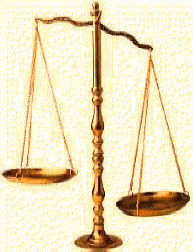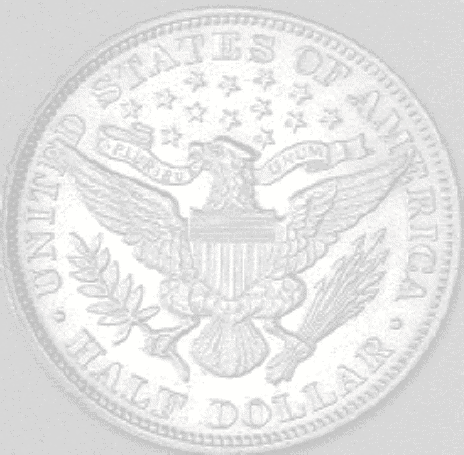
|
|
||
|
|
|
|
|
|
||

-9-
FOR BETTER OR WORSE:
CHAPTER THREE:
AN ECONOMIC HISTORY OF THE CIVIL WAR:
THE UNION (1861-1865)
Text: "Thou shalt have a perfect and just weight, a perfect and just
measure shalt thou have: that thy days may be lengthened in the land
which they Lord thy God giveth thee." (Deuteronomy 25:15)
In 1719, South Carolinians deposed the proprietors'
Governor because he would not allow the printing of paper "money."
Later, when the legislators found themselves still at odds with the
royal Governor over the issue, they adjourned for 3 years leaving no
means of support for the government. Britain knew well the evils that
plague the printing of paper, and resisted, but the passionate colonists
insisted.
Unlearned Lessons
In 1736, the South Carolina legislature passed an act that called for the printing of paper "money." Writing in 1809, David Ramsey commented upon this act in his History of South Carolina.
It is remarkable that though the American Revolution took place only 40 years after these events, they were so little known as to be never referred to in the debates relative to paper money. In the interval, a new race had sprung up who had no personal knowledge of them. Tradition was obscure. History was silent. Newspapers gave no information. Old official records were seldom or never referred to. From these causes the Carolinas of 1776 had little knowledge of what their forefathers had done in 1736 or 1719. It is hoped that in consequence of the present increasing means of diffusing and perpetuating knowledge, the like will not ever occur again " (White, 148). (Italics OURS)
This was written in 1809.
Continental Currency
After suffering economic tyranny through the use of Colonial currency, the colonists elected to print Continental currency. Peletiah Webster testified, "We have suffered more from this (paper "money") than from every other cause of calamity; it has killed more men, pervaded and corrupted the choicest interests of our country more, and done more injustice than even the arms and artifices of our enemies" (White, 135). And Thomas Paine, the infidel, declared,
There are a set of men who go about making purchases upon credit, and buying estates that they have not wherewithal to pay for; and having done this, their next step is to fill the newspapers with paragraphs of the scarcity of money and the necessity of a paper emission, then to have legal tender under the pretense of supporting its credit, and when out, to depreciate it as fast as they can, get a deal of it for a little price and cheat their creditors; and this is the concise history of paper money schemes” (White, 125). (Italics ours)
He then declares any member of the legislature who proposes a legal tender law ought to be put to death.
Union Resources
At the outbreak of the War Between the States, the Union enjoyed approximately 250,000,000 "dollars" in circulating coinage, or approximately 500 times the amount the Confederacy minted. In 1861, in the first year of the War, an additional 45,000,000 "dollars" was coined. Also in circulation were 130,000,000 "dollars" in state bank notes, and 33,500,000 "dollars" in Treasury notes.
Demand Notes
In order to accommodate
the War economy, Congress passed an Act on July 17, 1861 authorizing the
issuance of Demand Notes. Like his Confederate counterpart, Salmon P.
Chase, the Secretary of the Treasury for the Union, protested loudly
against the use of paper "money," but constantly turned to it as the
answer to the country's economic woes.
Demand Notes were commonly called
"Greenbacks" because their reverse was printed in green, but their
official name was given because the notes carried the promise to pay the
bearer the purported value of the note on demand. They were issued from
New York City; St. Louis, Cincinnati, Boston and Philadelphia. The
notes, however, had no gold or silver to substantiate their value and
were used to finance the war. The notes were rushed and by August
50,000,000 "dollars" was released into circulation. A Second issue of an
additional 10,000,000 "dollars" was authorized by the Act of February
12, 1862.
